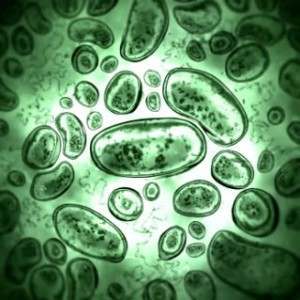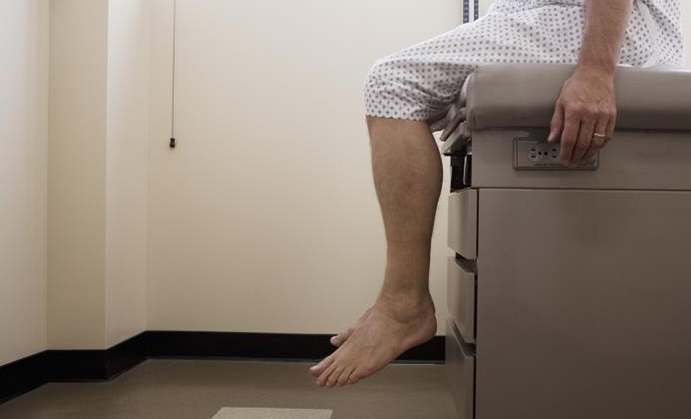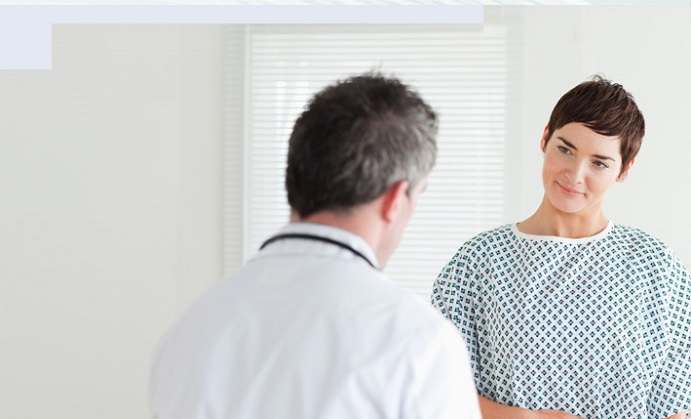Every three out of four women experiences a yeast infection at least once in their lifetime. Yeast infections are more likely to occur in the vaginal tissues of a woman. The human vagina is naturally populated by over 50 species of bacteria, these include both good and bad bacteria. Good bacteria helps to keep us disease free. Bad vaginal bacteria cause infections. Maintaining a healthy probiotic flora and a balance of the bacteria found in the vagina is helpful for a healthy living. When this bacteria is out of balance, a yeast infection may occur. There are medications available to eliminate bacterial and yeast infections but if conditions don’t change to maintain a healthy balance in the bacteria in the vagina, these yeast infections are likely to come back often.
Bacteria: Helpers or Enemies?
A microbiome is a word used to define the community of bacteria and microorganisms that co-exist in the body. Bacteria is found everywhere in the body, such as the skin, vagina, the gut, and the mouth, so don’t always assume it to be your enemy. The good bacteria is there to protect us from infection, provide immunity, and create a less favorable environment for harmful bacteria.
Lactobacillus: Best Friend of Women

Lactobacillus bacteria are a good and friendly bacteria naturally present in the vagina to protect against harmful bacterial and yeast infections by maintaining the optimal pH levels and by producing natural disinfectants. When the normal balance of this bacteria is disturbed, a person becomes open to bacterial and yeast infections, including vaginosis. Factors include dietary changes, stress, and antibiotics. Vaginosis is the most predominant infection in pregnant women. Symptoms include bad odor, discharge, pain, and burning. It is more likely to occur when we have an imbalance of good bacteria in our body, have many sexual partners, and a previous infection with the type 2 herpes simplex virus. Once developed, it increases the risk of difficulties during pregnancy, pelvic inflammatory disease, and STDs such as gonorrhea or chlamydia.
The treatment for yeast infections includes an antifungal therapy, such as a vaginal ointment or suppository which could be applied repeatedly. It is also possible to take an oral antifungal medication.
Prevention Is Better Than Cure
Probiotics, like Lactobacillus, when ingested in an adequate amount, are effective at retaining healthy vaginal microflora. They are acid-loving and inhibit the development of harmful organisms like Candida albicans and Gardnerella vaginalis. The Lactobacillus species are predominant in providing protection against harmful fungi and bacteria.
Convincing Clinical Data
 According to a study, 125 premenopausal women identified with vaginal bacterial infections were divided into groups and one group was given antibiotics (500 milligrams of metronidazole) alone, the other was given antibiotic plus a two-times-a-day dosage of oral probiotics for one month. The results showed that 88% of women taking both the antibiotic and the oral probiotics were cured, compared to only 40% of the women taking the antibiotics alone. This clearly indicates the importance of probiotics in maintaining good vaginal health.
According to a study, 125 premenopausal women identified with vaginal bacterial infections were divided into groups and one group was given antibiotics (500 milligrams of metronidazole) alone, the other was given antibiotic plus a two-times-a-day dosage of oral probiotics for one month. The results showed that 88% of women taking both the antibiotic and the oral probiotics were cured, compared to only 40% of the women taking the antibiotics alone. This clearly indicates the importance of probiotics in maintaining good vaginal health.
Probiotic Supplements
Probiotics are friendly organisms that are responsible for enormous health benefits. Vaginal health is significantly maintained by probiotics. It is recommended for women to take them daily for a healthy and prosperous living.
Do you want to find an effective Candida treatment? Check out our top rated Candida products











